Tips: Maximizing Your Hybrid’s Fuel Economy
Clean Fleet Report
FEBRUARY 3, 2022
One of the best ways to do that is by maximizing your fuel economy. Below, you will find some of the best ways to improve the fuel economy of your hybrid right now so you can save even more money with an already economical vehicle. These tricks will work equally well with plug-in hybrids and traditional hybrids.

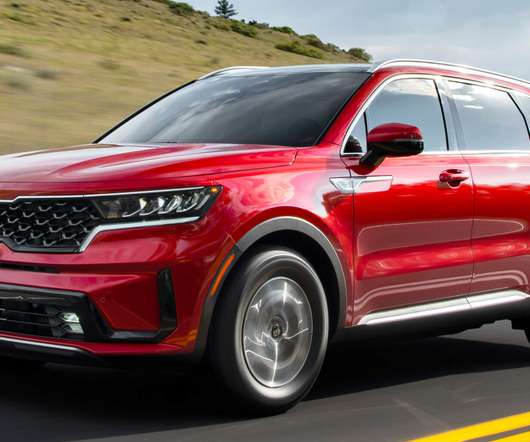





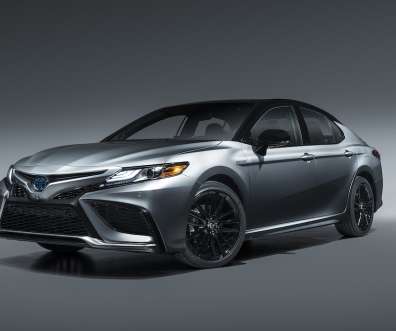



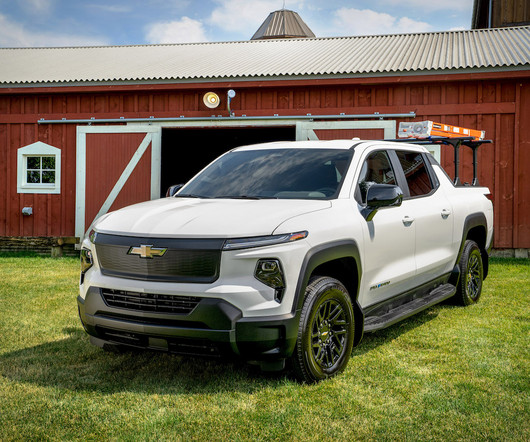
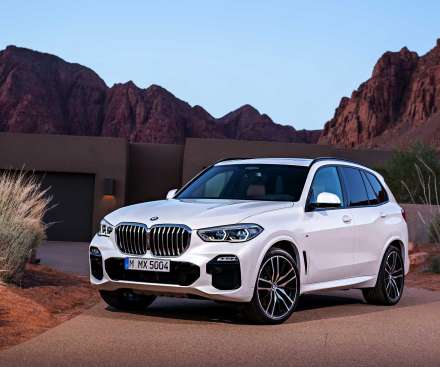


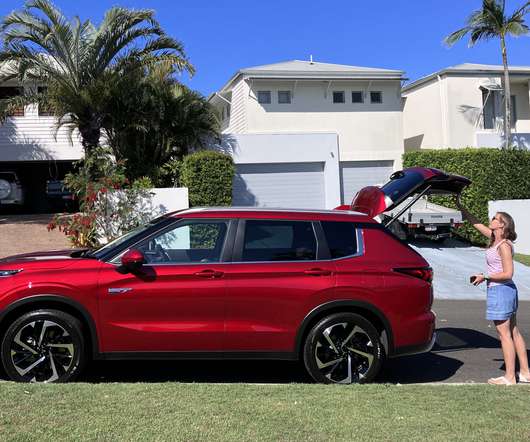



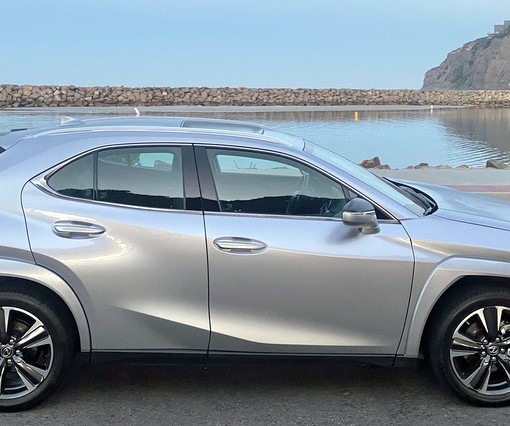



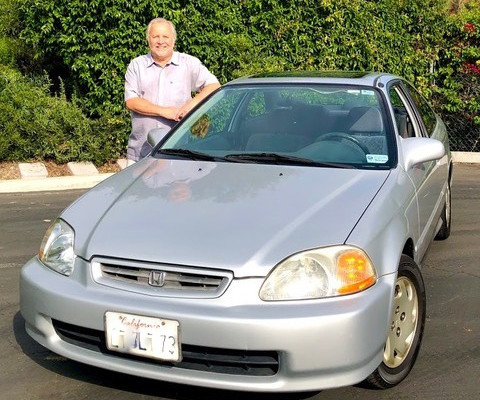

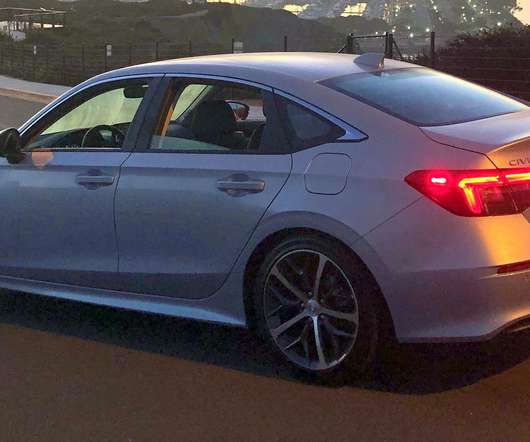















Let's personalize your content